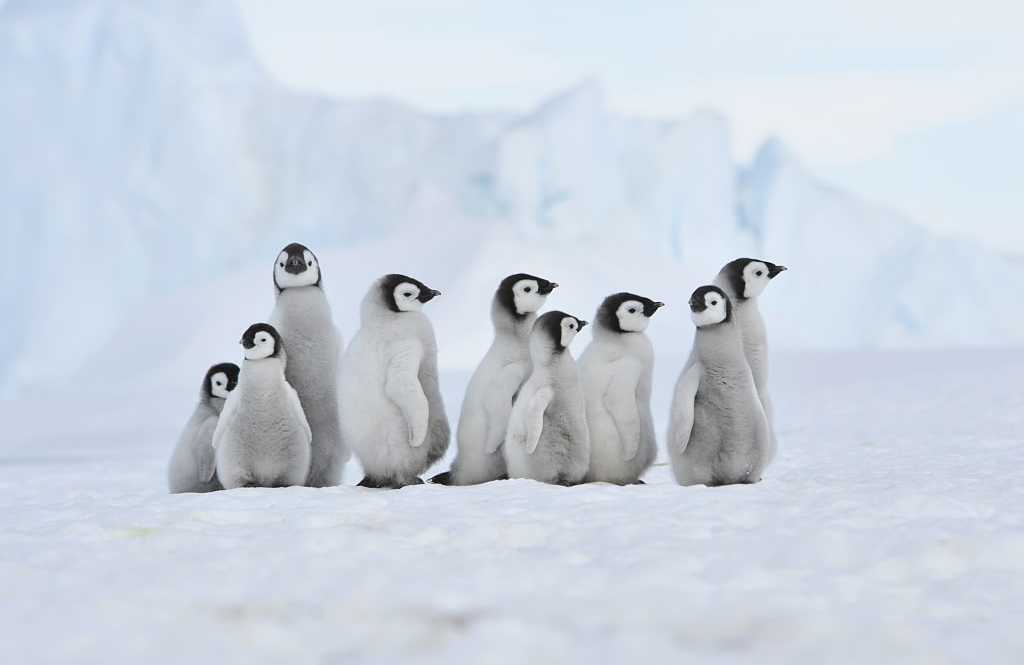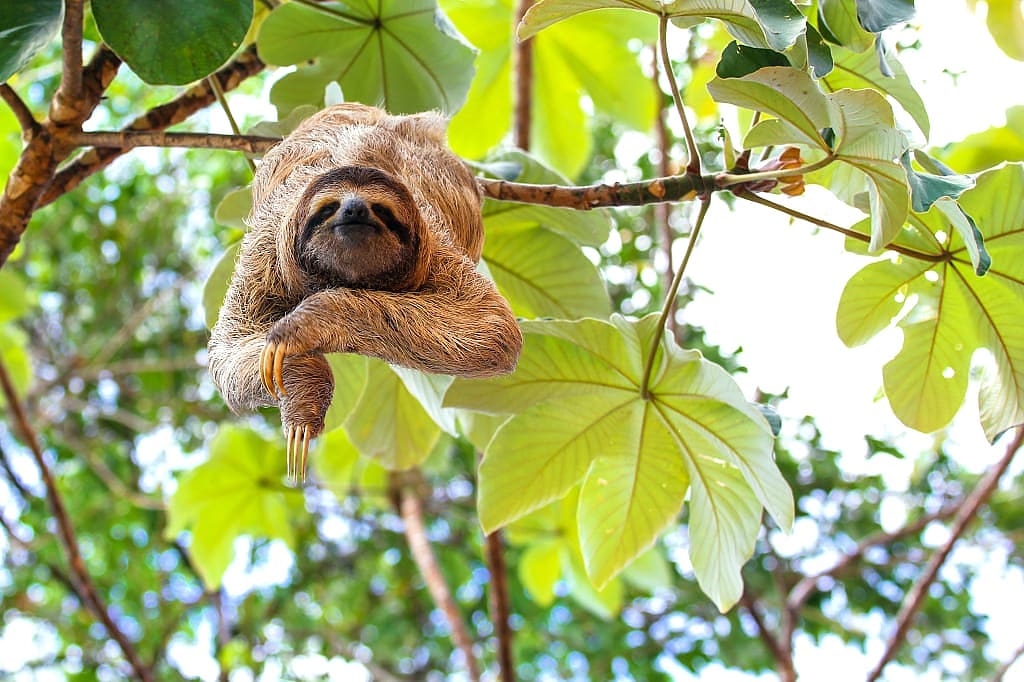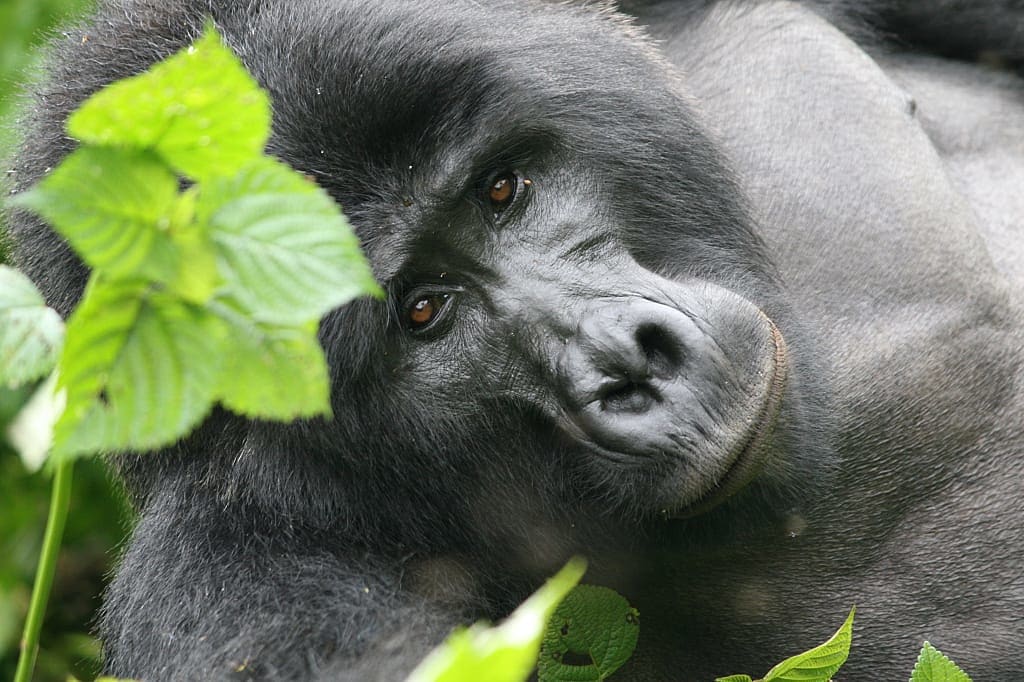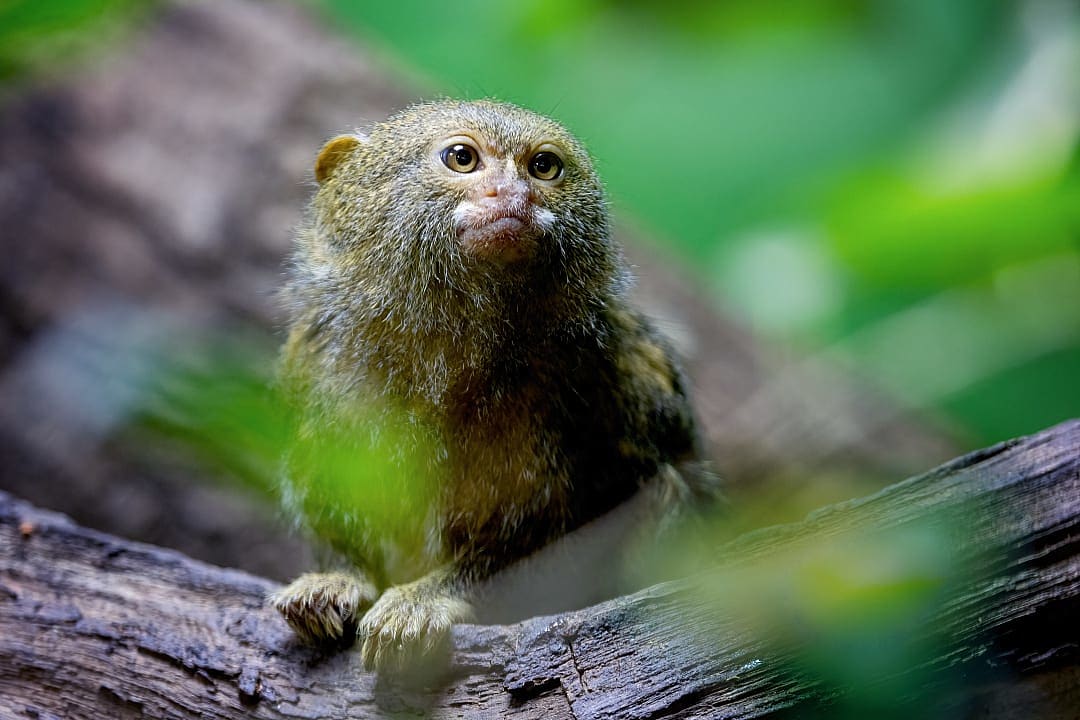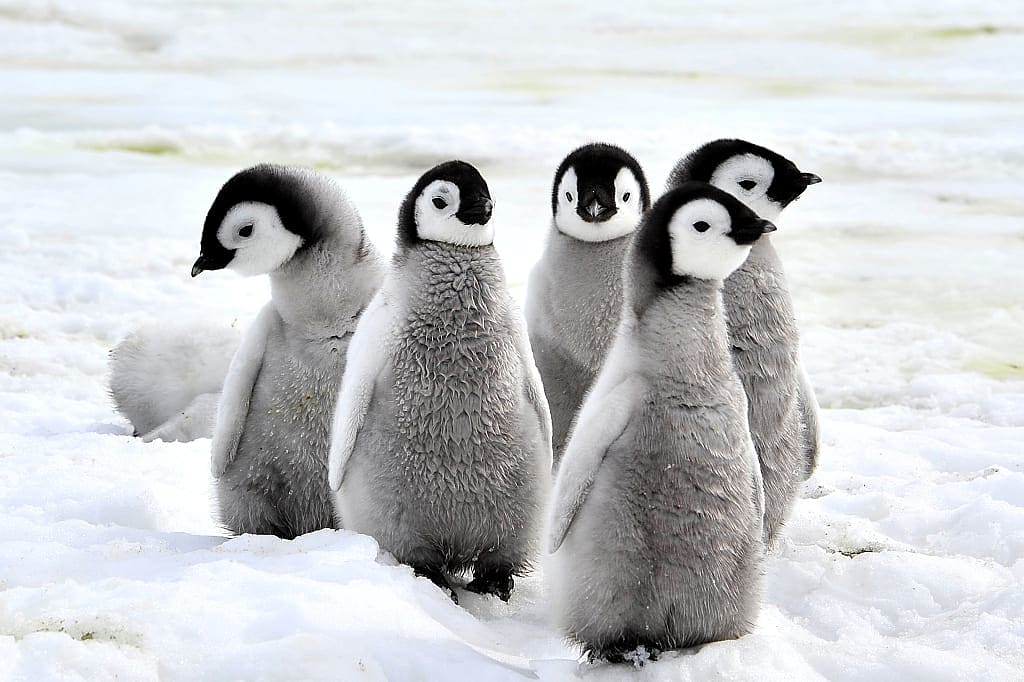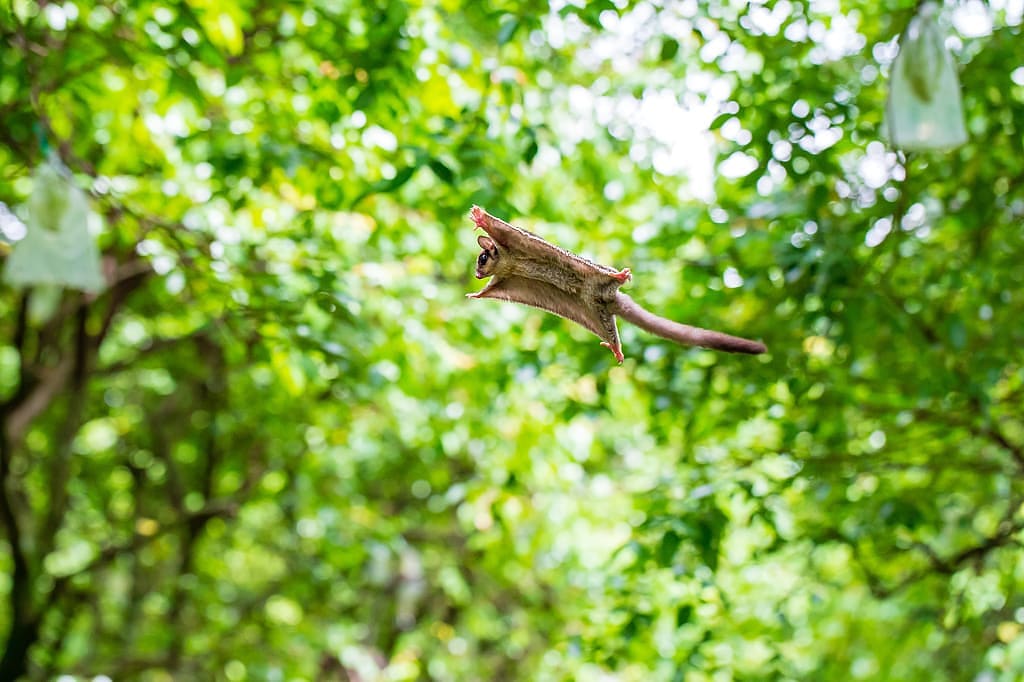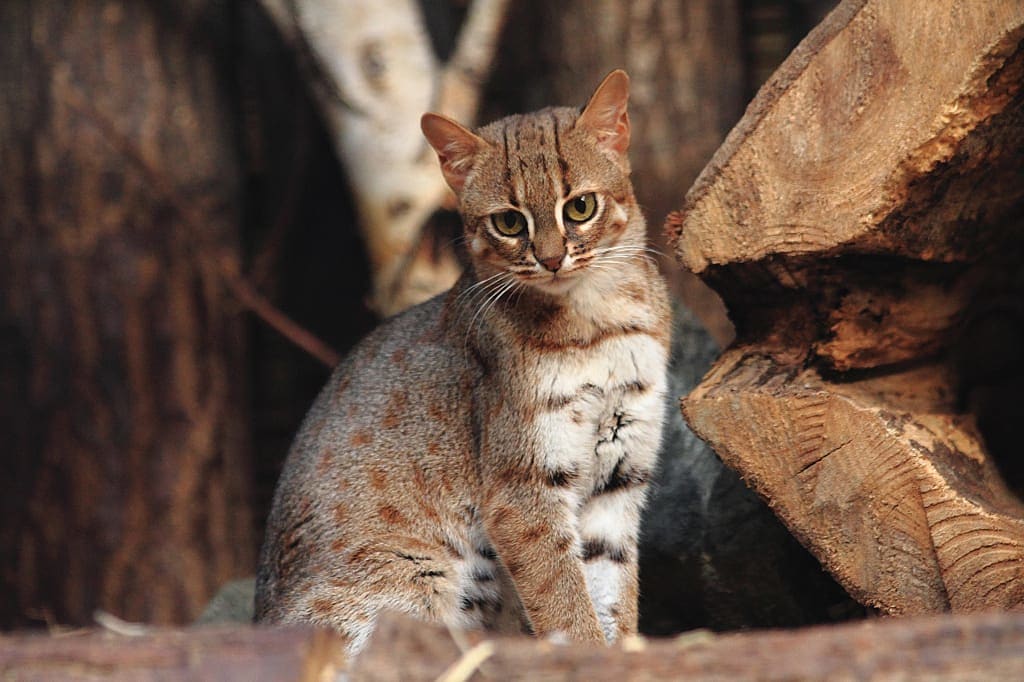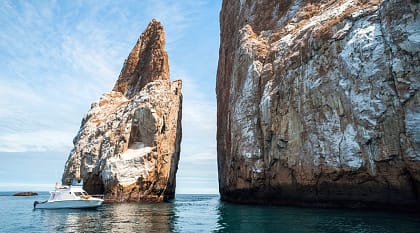The word sloth is synonymous with “lazy” and in the animal’s case refers to its slow movements and sleepy eyes. Their lackadaisical demeanor keeps them well hidden in the rainforest canopy, where they find protection from predators like harpy eagles and jaguars.
Costa Rica is home to one of the largest accessible sloth populations in the world, making it likely you will spot one or a bed lazing about in the trees on our Costa Rica eco-tour vacation. Reserves shield the sloths and other interesting wildlife famous for settling in Monteverde’s unique ecosystem.
Learn more: Costa Rica Tours • Costa Rica Travel Guide
